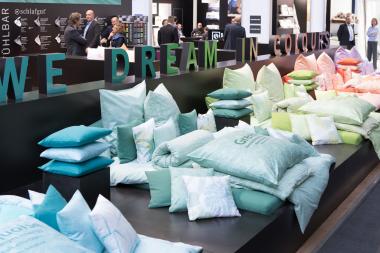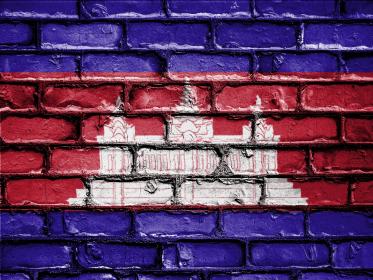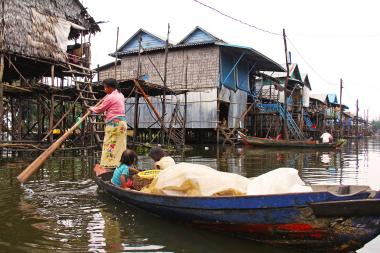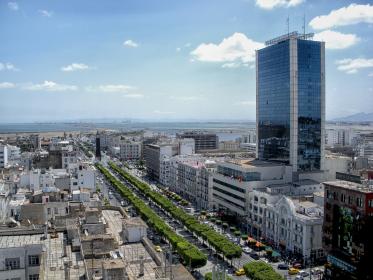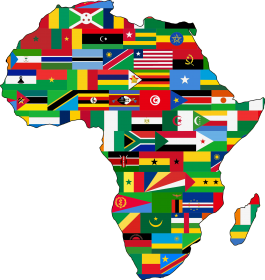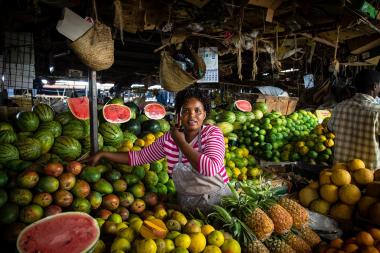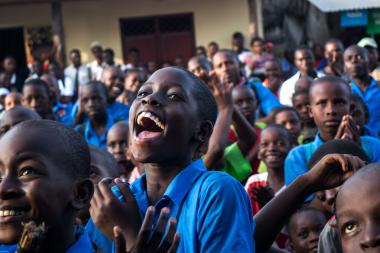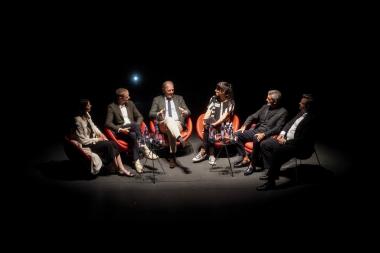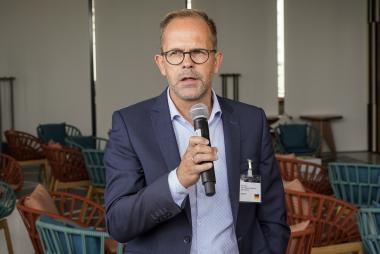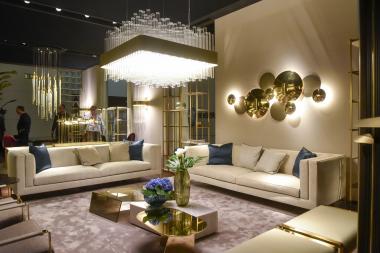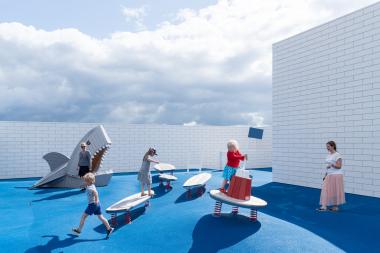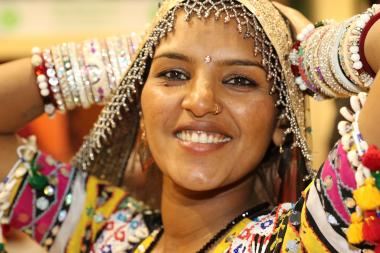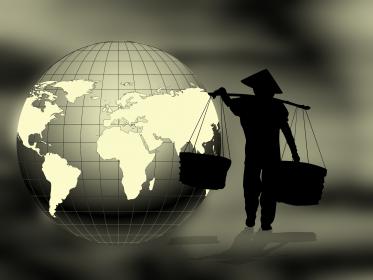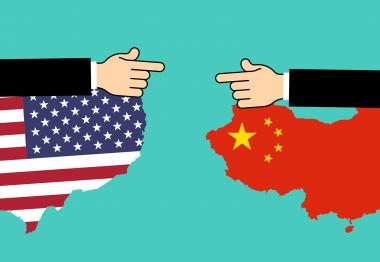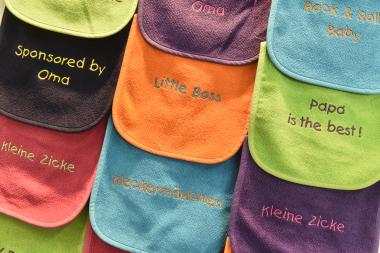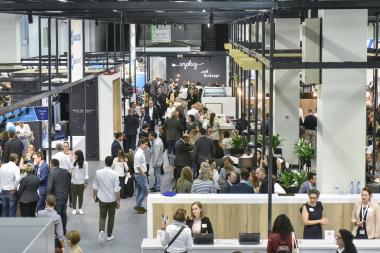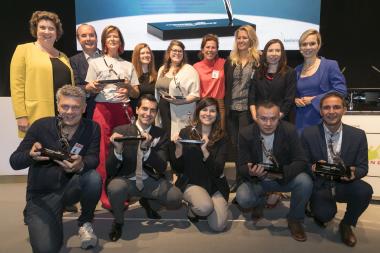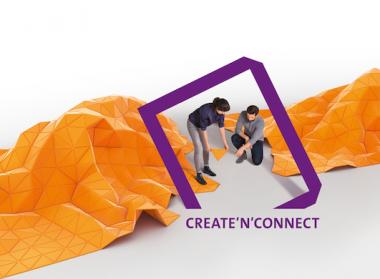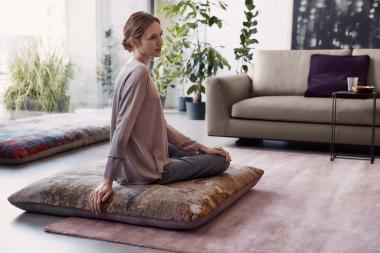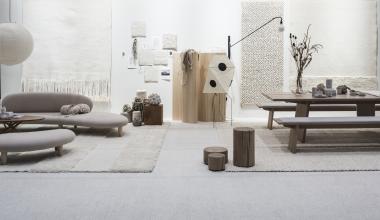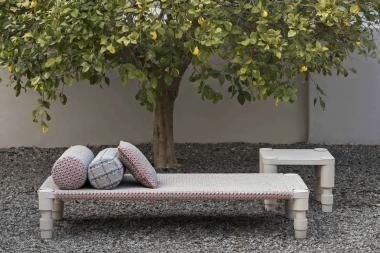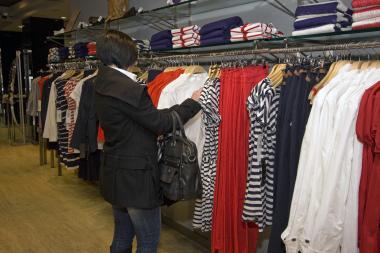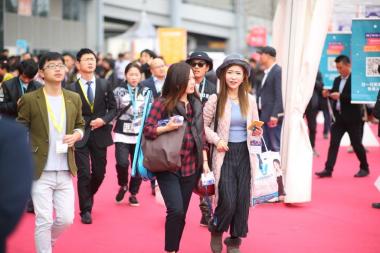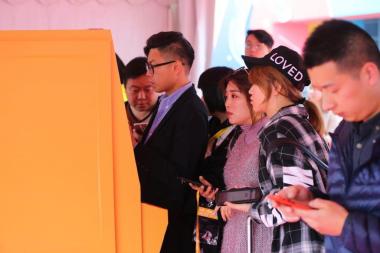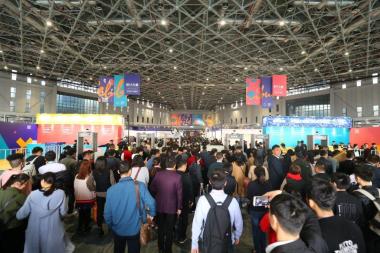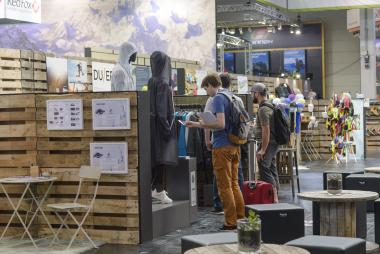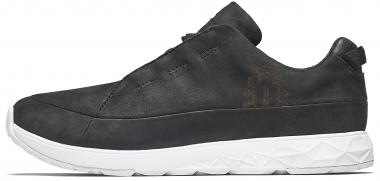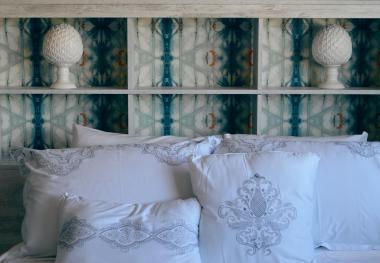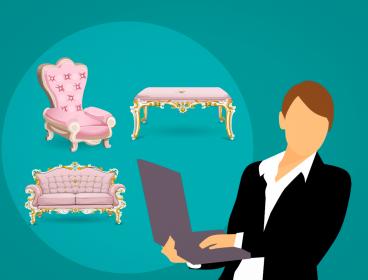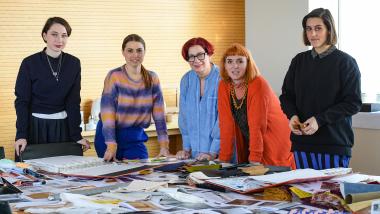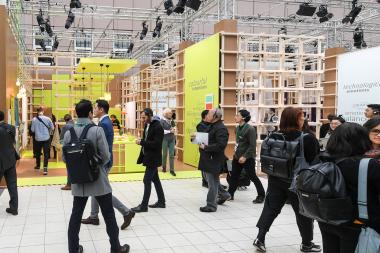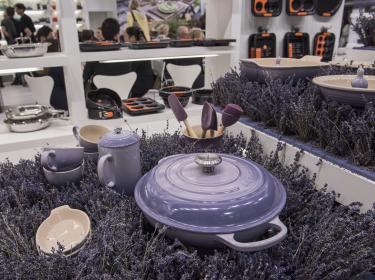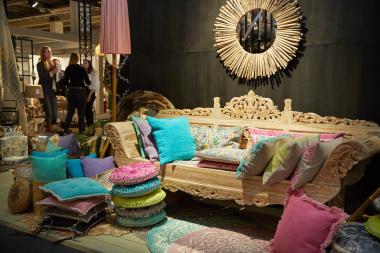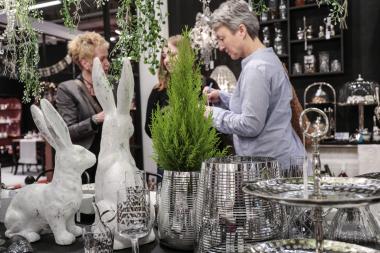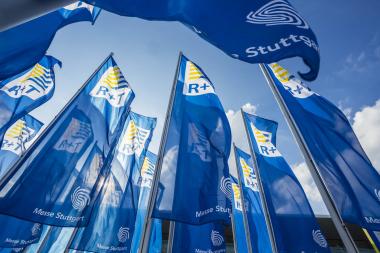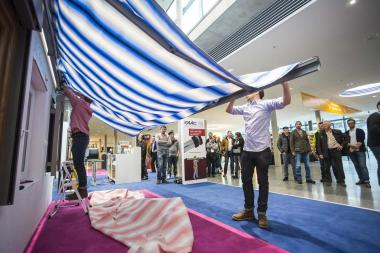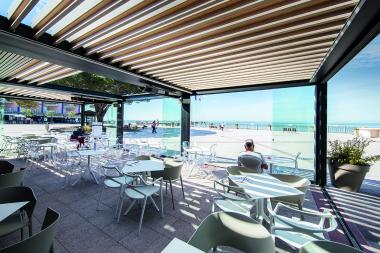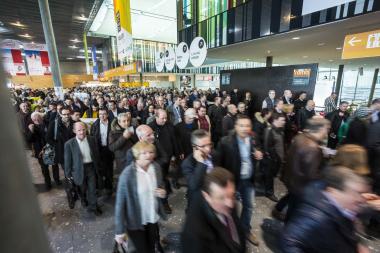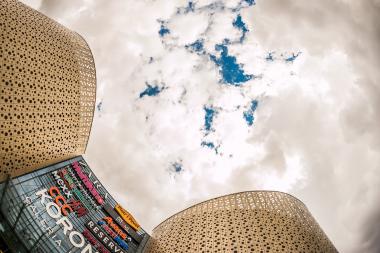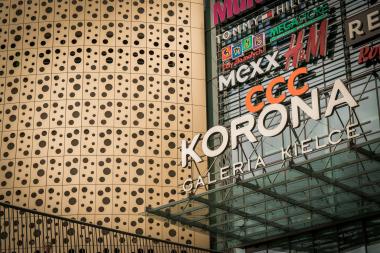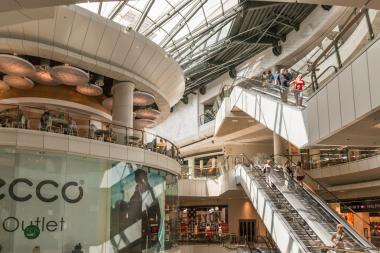SLEEP! THE FUTURE FORUM
- HEIMTEXTIL IS ALREADY SHOWING TODAY HOW WE CAN SLEEP BETTER TOMORROW
According to doctors specialising in sleep, we already know almost everything there is to know about sleep. However, studies show that the quality of this regeneration process is deteriorating all the time. How can we prevent this from happening? The upcoming Heimtextil (8-11 January, Frankfurt am Main) will supply solutions to this with the new ‘Sleep! The Future Forum’. Here, international experts will present the latest findings and textile innovations for a restful night. The world’s leading trade fair for home and contract textiles brings together around 800 producers of textiles in the bed segment. Of these, 140 international industry leaders will be represented in the ‘Smart Bedding’ segment alone in hall 11.0, which will be presenting the latest sleep systems, mattresses, bedding and smart sleep technology. In addition, the new ‘Sleep! The Future Forum’ in the foyer of hall 11.0 will provide a platform for knowledge transfer, exchange of experiences and networking relating to a good night’s sleep. International experts will provide an overview of the current state of research and the latest findings on the ‘Future of sleep’ in the four subject areas of digital, sport, hotels and sustainability.
‘We sleep too little’
It is not without reason that many experts are declaring sleep to be the latest lifestyle trend after nutrition and fitness: numerous current studies prove that we are sleeping ever more badly despite increasing knowledge. ‘You don’t always notice sleep deprivation straightaway but you do become less attentive’, says Prof. Ingo Fietze, Head of the Interdisciplinary Sleep Medicine Centre at the Berliner Charité and chair of the German Sleep Foundation. At ‘Sleep! The Future Forum’, Fietze will talk about ‘The power engine of sleep’. ‘From a scientific point of view, we already know a great deal about our night’s sleep. The big problem is that we don’t sleep enough and don’t give sleep the importance it deserves’, says Fietze.
In order to improve our night’s sleep, there are now a number of smart gadgets available: intelligent pillows, noise-reducing high-tech earplugs and sleep trackers – these are all designed to help banish bad sleeping habits and consolidate healthy ones. Given that consumers can quickly get lost in this maze, the Schlafonauten, who call themselves Germany's biggest YouTube channel on the topic of sleep, are ready to help. ‘We test products that promise a calmer night to see how effective they are’, says Schlafonaut Fabian Dittrich. He will present the latest test results in the knowledge forum as part of an interview (‘Smart innovations – the practical test’).
Sleep like a (sports) professional
Another speaker knows the sleeping habits of professional athletes very well: Nick Littlehales, sleep coach of five-time World Cup footballerCristiano Ronaldo and four-time Formula 1 world champion Lewis Hamilton, will present his findings from his 22 years as a sleep coach for top athletes (‘Redefining Sleep in Elite Sport’). ‘Athletes and professionals in world sports are facing the growing demands of a globalised 24-hour society’, says Littlehales. This is also increasingly true for non-athletes, says Littlehales, who is certain that his sleep tips for professionals will also be useful for normal mortals.
The night's rest as an experience
Sleeperoo founder Karen Löhnert will show that you can sleep comfortably in the most unusual places during her lecture ‘Sleeperoo - The Night, The Place and You’ at the ‘Sleep!’ forum. She will be introducing the world’s first ‘Design Sleep Cube’. The sleeping capsule known from the start-up TV show ‘Höhle des Löwen’ is currently nominated for the German Innovation Award 2019. It allows the user to spend the night in exotic places such as a museum, a bunker or a pier in the Baltic Sea. ‘I'm a big fan of adventure nights, from tree houses to tepees; but unfortunately I've only been able to find a few local accommodation offers of this type and they don't come with quality guarantees’, says Löhnert. With her sleep cube, she wants to make sleep experiences with a high standard of amenities possible for the first time. In the Sleep Cube, the user lies on a comfortable 1.60 metre wide and 2 metre long mattress, while three large panoramic windows and the roof provide a view of the surroundings and the sky.
Even classic hotel stays have now become a focus of research. Vanessa Borkmann from the Fraunhofer Institute for Industrial Engineering IAO will talk about the importance of sleep in hotels in Frankfurt am Main in January (‘The importance of sleep during a hotel stay – a special experience thanks to innovation’). ‘Healthy sleep is particularly important in hotels’, says Borkmann, who wants to show how the effect of rest in the hotel bed can be improved, for example through the design of the sleeping environment, the behaviour of the guest themselves or technical innovations.
Sustainable sleep
More and more people are using natural materials and sustainably produced textiles in their bedrooms. The lecture block ‘Sleep & Sustainability’ is therefore dedicated to the material properties of textiles and the quality of their processing as well as the auditability of sustainable procurement and production standards. This is how Hendrik Albers, buyer of home and household textiles, bedding & mattresses at OTTO, and Dr Juliane Hedderich, managing director of the Down and Feather Associations in Mainz, describe the growing importance of nature conservation, environmental protection and animal welfare in the bedroom (‘Sustainable good advice - Convincing with the right arguments when it comes to animal welfare and quality’). ‘In the past, criteria such as weight, moisture wicking and filling power has played an almost exclusive role in the choice of bedding, but now the ethical component is increasingly coming into play’, says Hedderich. Consumers are placing ever greater importance on certificates and seals which prove that the processed down and feathers did not originate from live plucking or foie gras production. Hedderich and OTTO buyer Albers present the quality seal ‘DOWNPASS 2017’, which guarantees controlled animal husbandry and adherence to animal protection criteria.
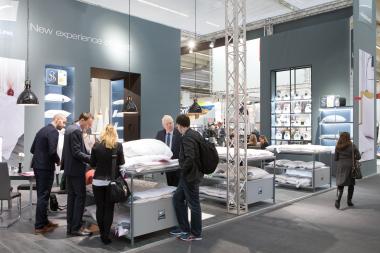 (c) Messe Frankfurt Exhibition GmbH / Jens Liebchen
(c) Messe Frankfurt Exhibition GmbH / Jens Liebchen
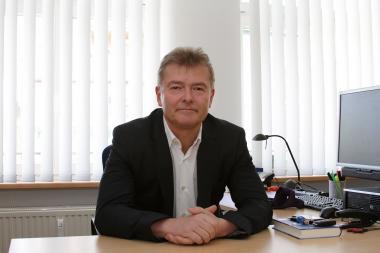 (c) Deutsche Stiftung Schlaf
(c) Deutsche Stiftung Schlaf
 (c) Messe Frankfurt
(c) Messe Frankfurt
Heimtextil heimtextil 2018 Heimtextil 2019 Messe Frankfurt Exhibition GmbH Sleeperoo Downpass
Messe Frankfurt Exhibition GmbH


